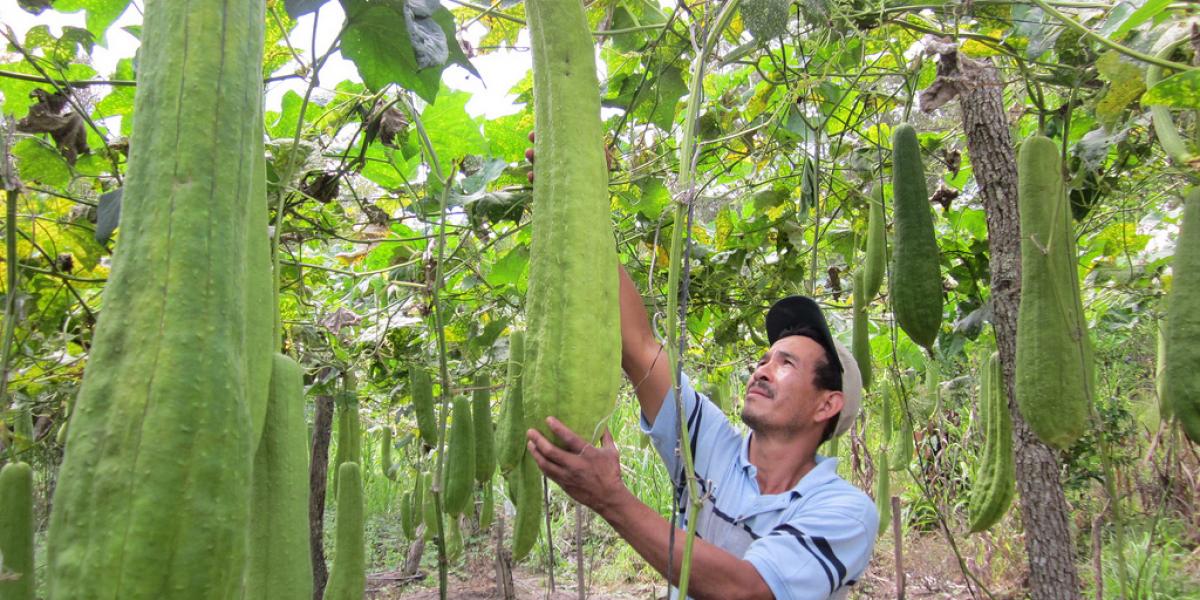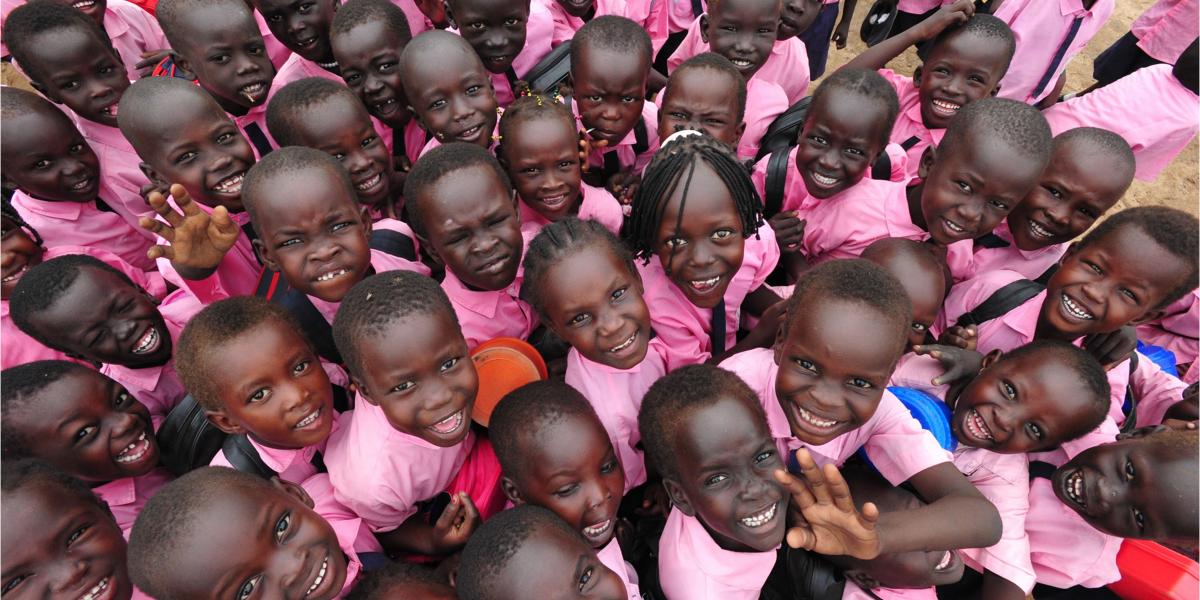THE END OF EXTREME POVERTY
Tackling the greatest challenge known to humankind
Photos by USAID, Nena Terrell, Kendra Helmer, Lt. j.g. Matthew Stroup / U.S. Navy, Fintrac Inc., Jervis Sundays / Kenya Red Cross Society, International Foundation for Electoral Systems Indonesia, Frederic Courbet, David Rochkind, Clinton Doggett, IOM Ecuador, Neil Thoma, Morgana Wingard, Thomas Cristofoletti, Jon Hrusa / Elizabeth Glaser Pediatric AIDS Foundation, Derek Sciba / World Concern, Jake Lyell, Bobby Neptune, Karl Grobl, Education Development Center Inc.
July 2015
What is Extreme Poverty?
It’s not having access to lifesaving medicine.
It’s growing up in a war zone.
It’s “A Day in the Dark” every day.
It’s a two-hour hike for water; it’s waiting and waiting for the rains.
It’s a small plot of land, five kids, poor seeds and a drought-prone world.
It’s not having a vote.
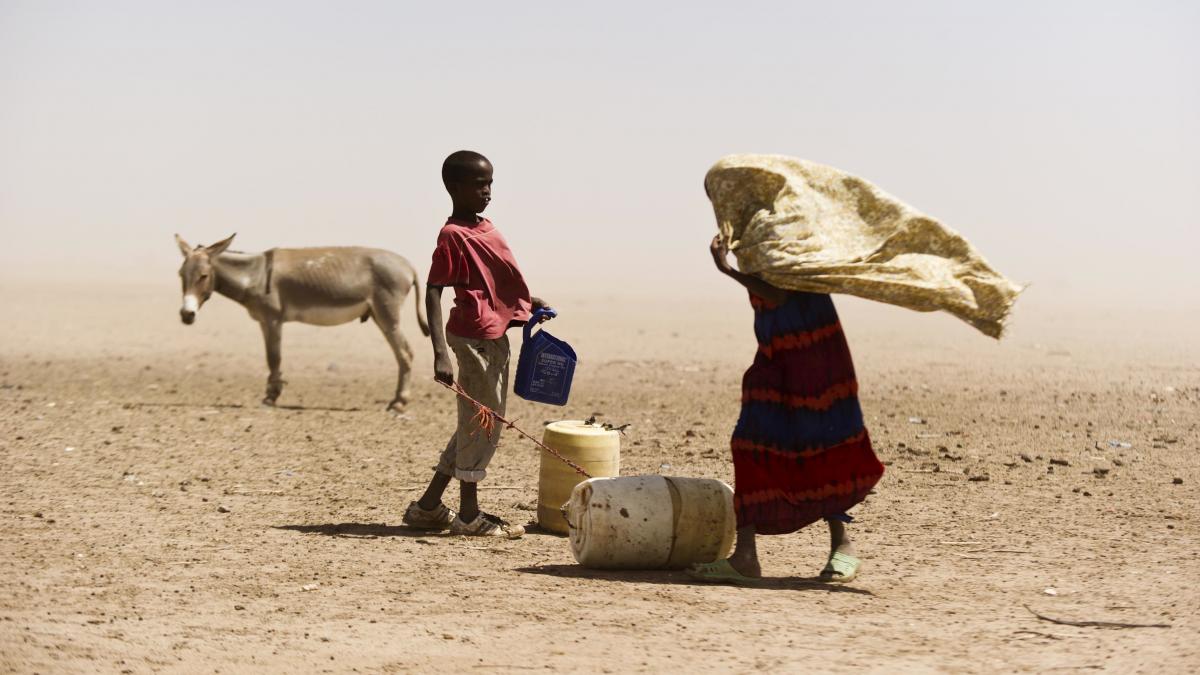
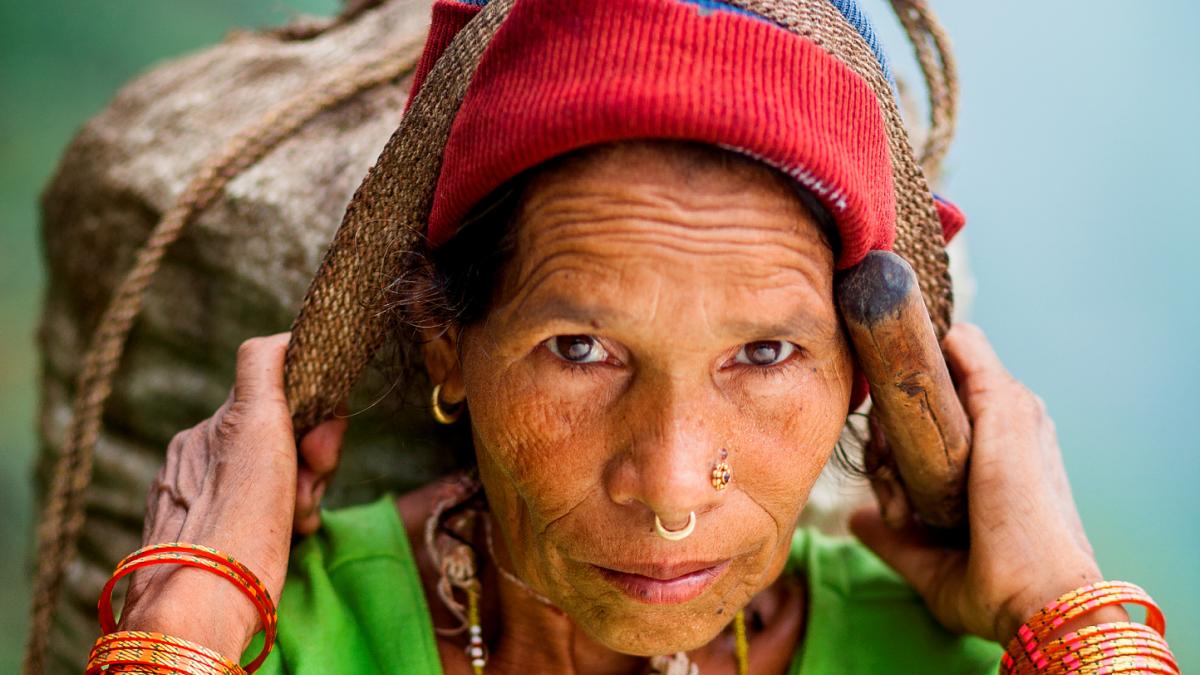
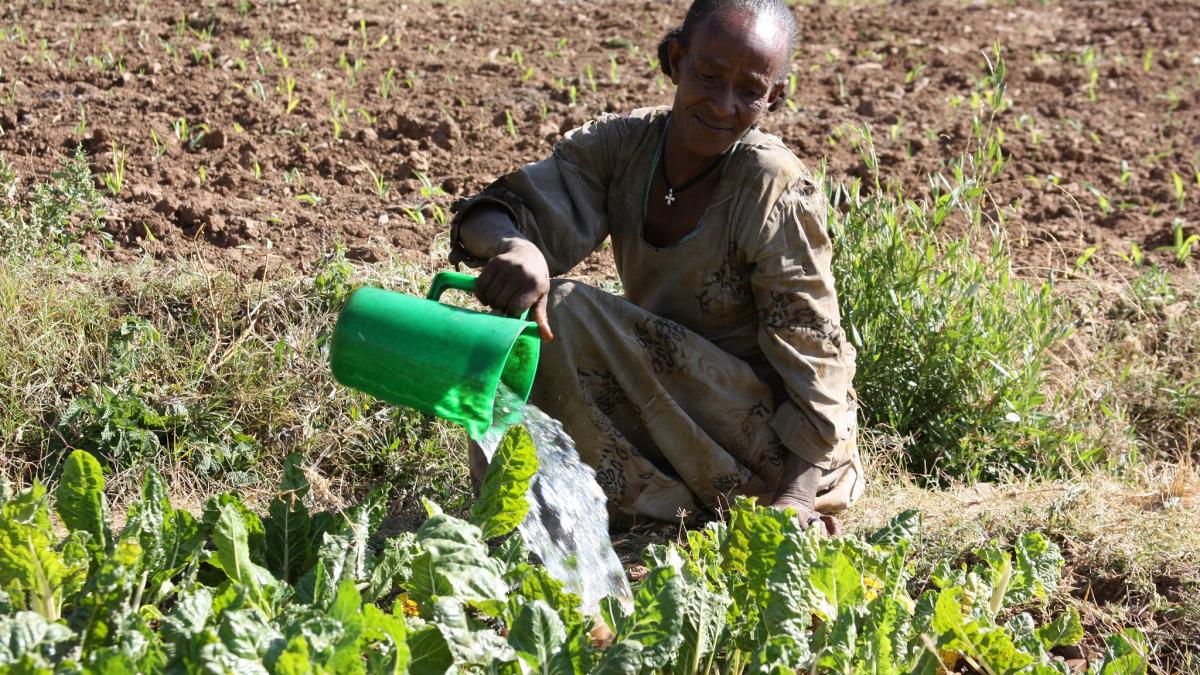
So what are we doing about it?
USAID—the U.S. Government’s lead agency to fight poverty around the globe—is working on behalf of the American people to wipe the most devastating forms of poverty from the planet in two decades.
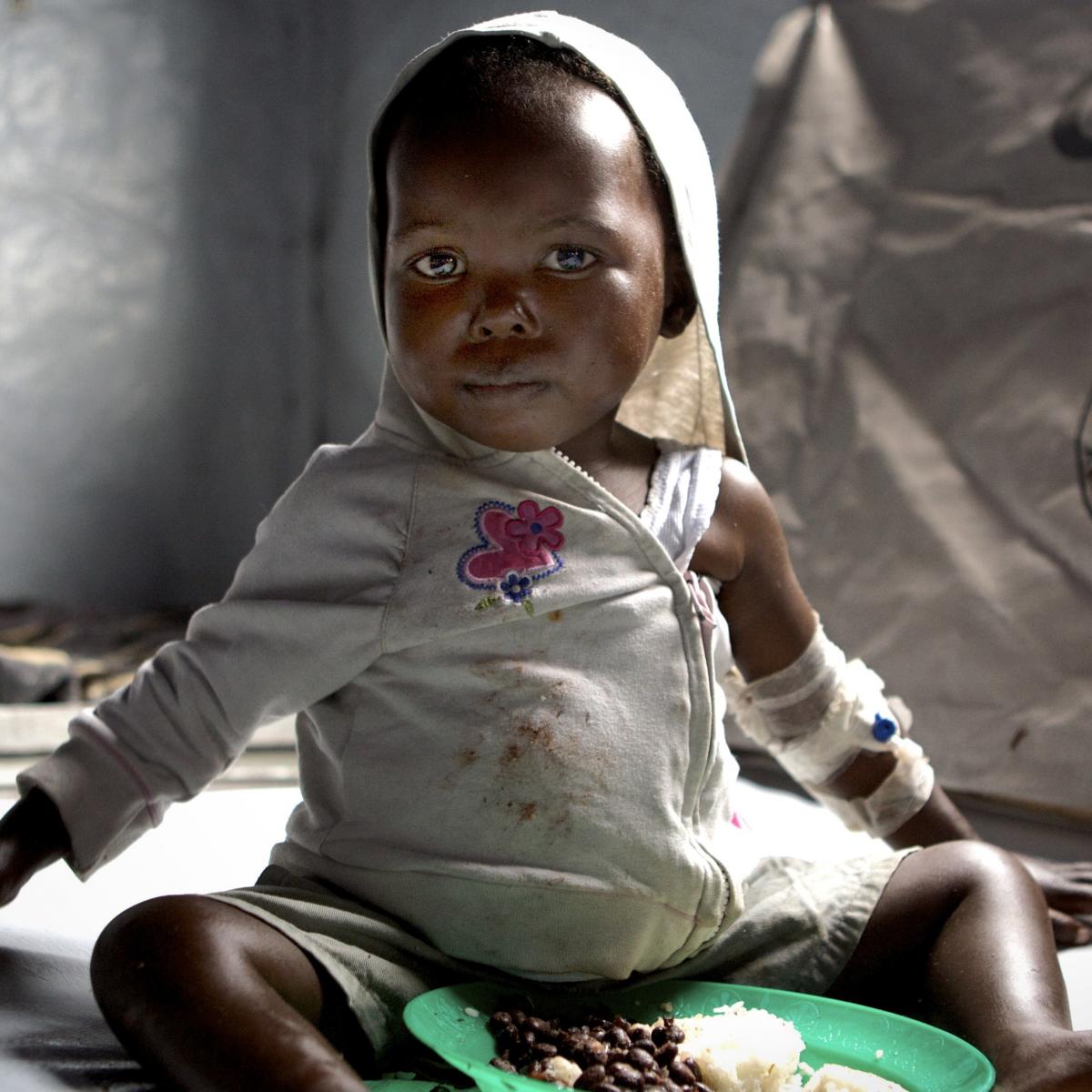
But how?
By saving more than 3 million lives a year through USAID immunization programs.
By expanding education for 15 million children in conflict environments.
By helping countries develop their energy sectors by encouraging private investment, especially in Africa.
By delivering safe water and sanitation to more than 50 million people over the last decade.
By helping millions of smallholder farmers develop the skills, tools and market connections to grow everything they need—and more.
And by helping millions of people find their voice and cast their vote.
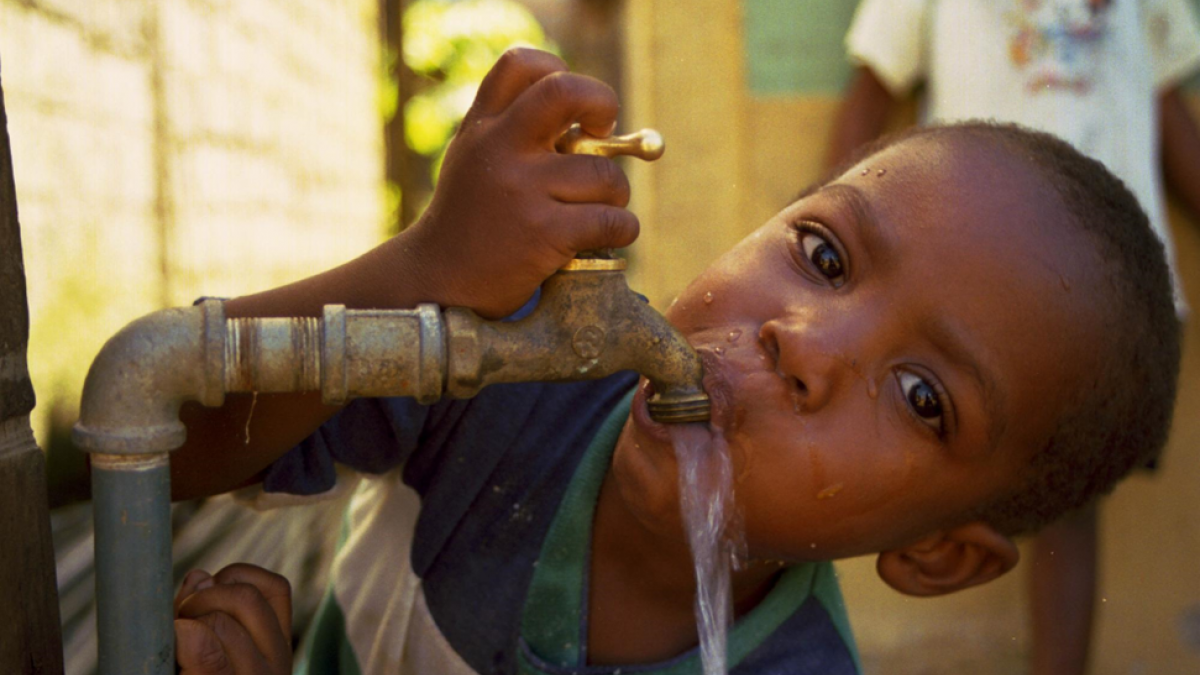
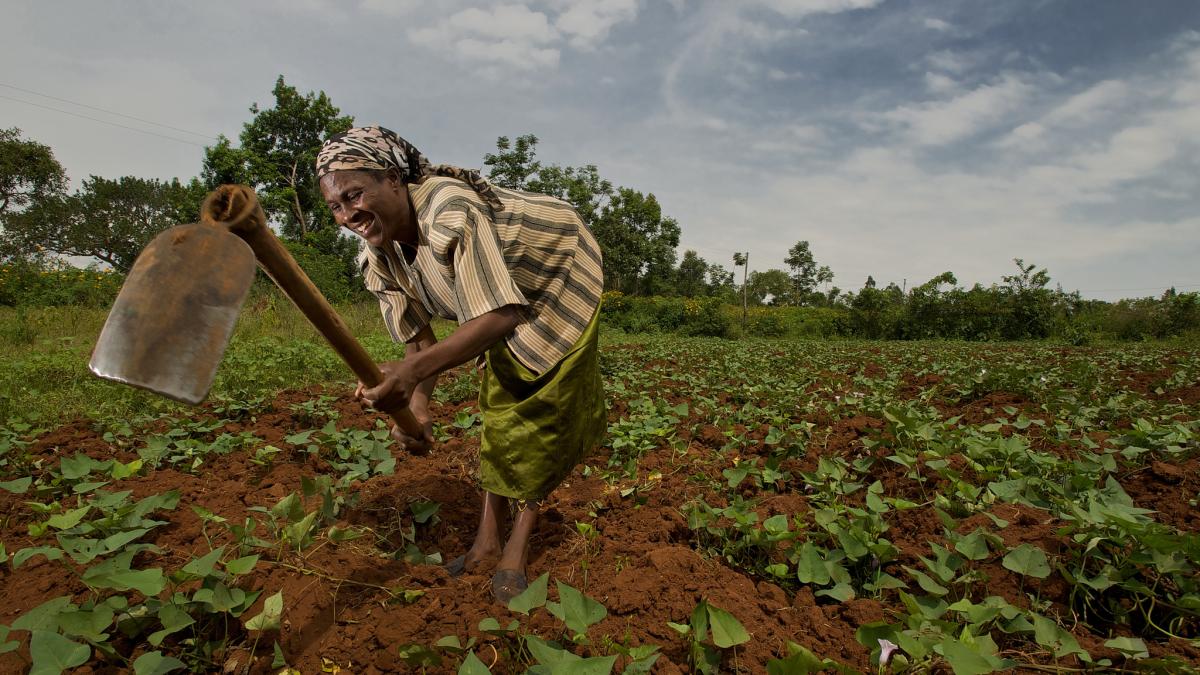
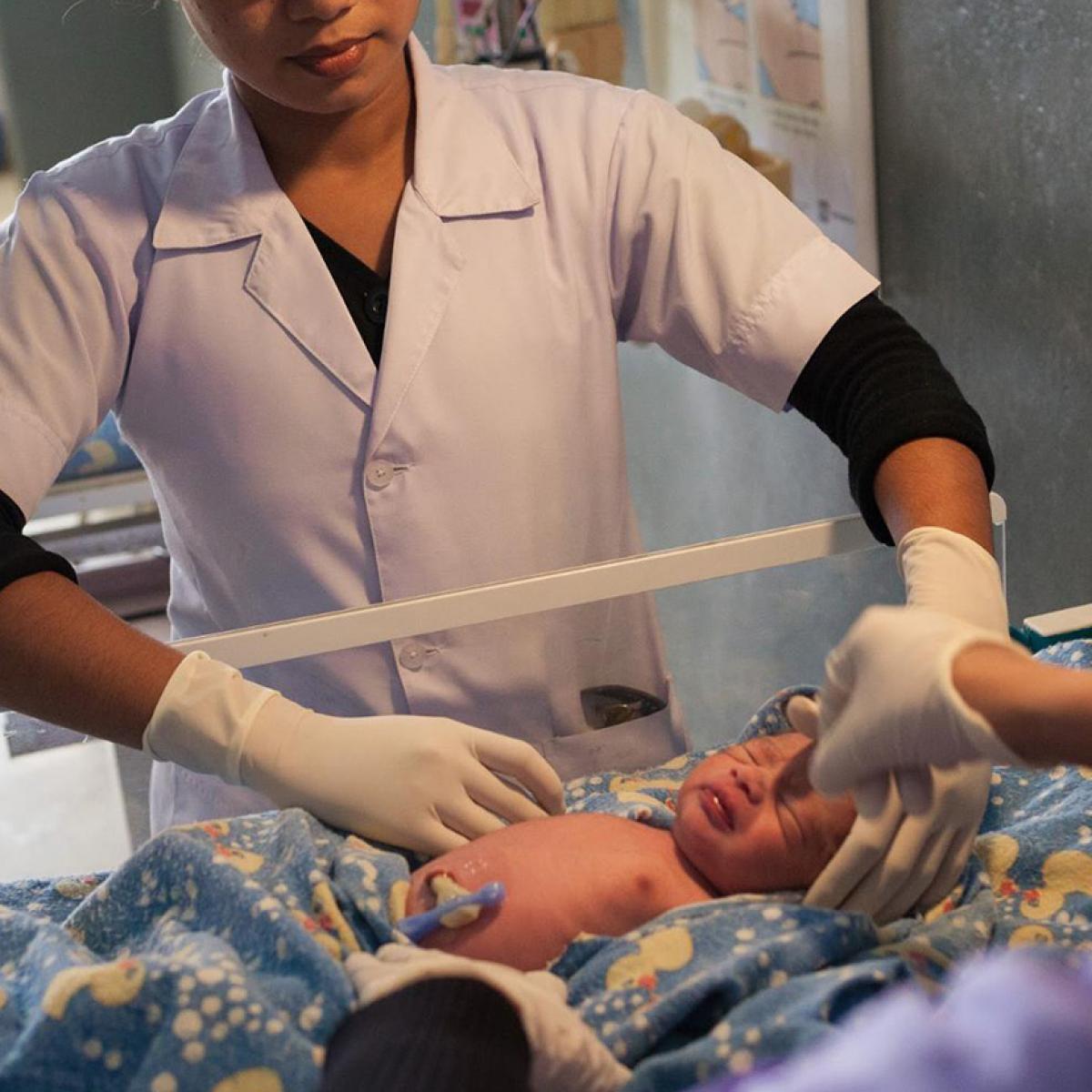
Why now?
Because we are living in a unique moment. For the first time in history, we have the tools, technologies and approaches to end extreme poverty and its most devastating corollaries, widespread hunger and preventable child death, within two decades.
And we think we have the right approach.
By focusing on private-sector partnerships, by cultivating innovative thinkers and by insisting on transparency and policy reforms in the countries where we work.
And by being intensely critical of our own work, demanding results above all else.
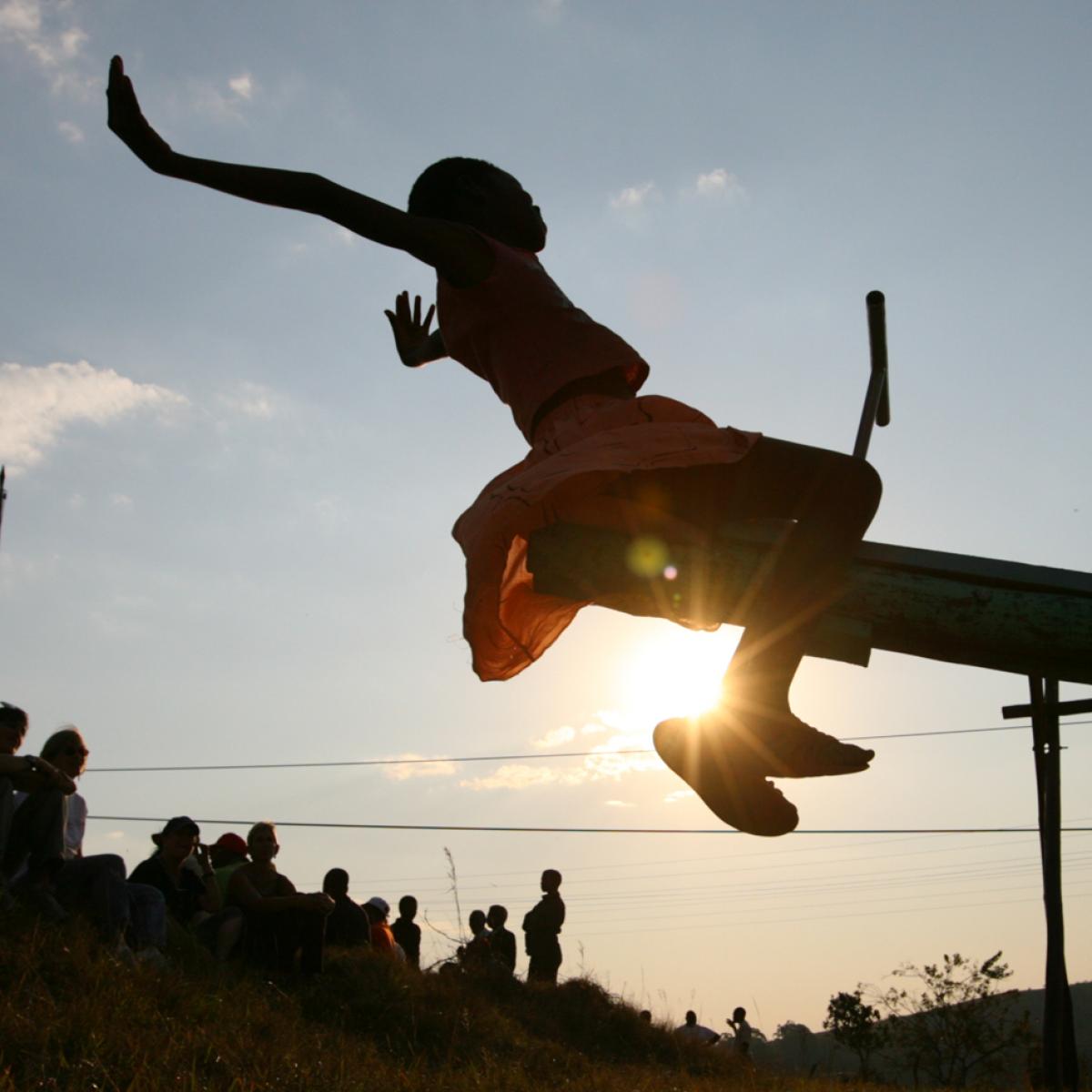
The end of extreme poverty is within our grasp.
We are already halfway there.
Since 1990, 700 million people have been able to escape extreme poverty and move toward a future of security and resilience.
And so should you.
By supporting the world’s most vulnerable, we strengthen our nation and energize economies, ensuring a safer, more prosperous future for all.
Become part of a movement that will end extreme poverty once and for all.
Become part of the movement that will allow 1.2 billion people to lift themselves out of poverty, live better lives, contribute more and make the world healthier and safer.
About This Story
Extreme poverty often refers to earning less than $1.25 per day.
But extreme poverty is more than just a number – it is the denial of basic freedoms and human dignity. People living in extreme poverty are forced to make impossible choices daily between food, medicine, housing or education.
USAID is committed to eradicating extreme poverty by 2030. The good news is that we are already halfway there: The past 15 years have seen unprecedented gains in human progress, with more than 700 million people lifting themselves from extreme poverty.
Today, roughly 1.2 billion people still live in extreme poverty. If we accelerate our progress and focus on key turnarounds in some challenging contexts, we believe we can lift 1 billion more people out of poverty in a generation.


